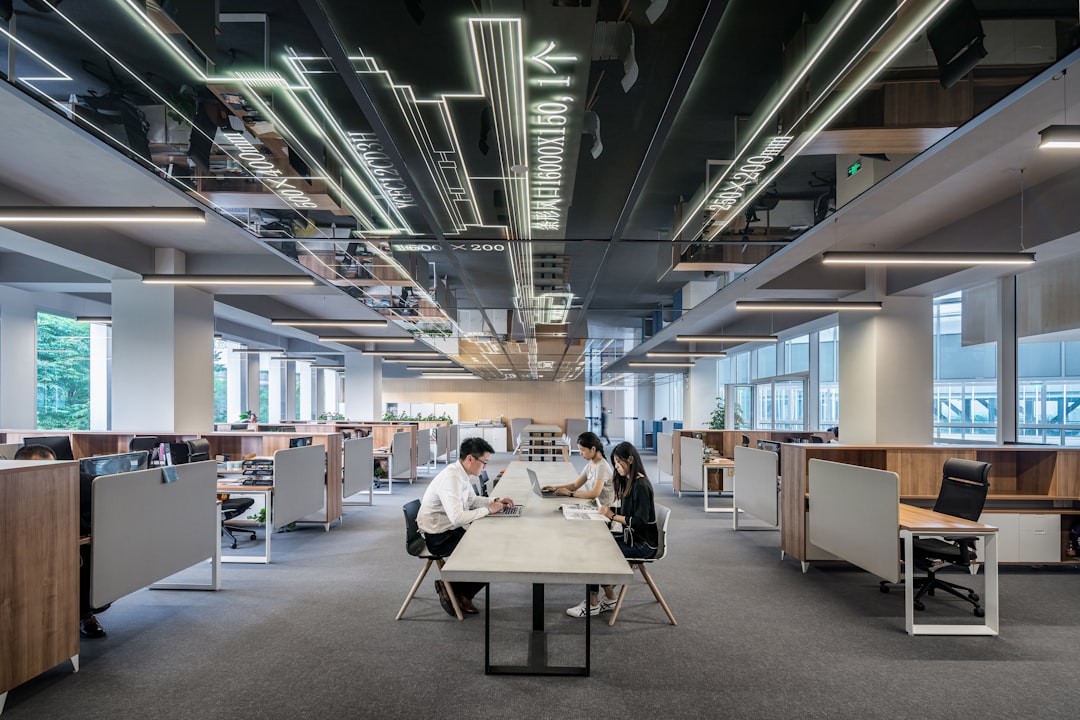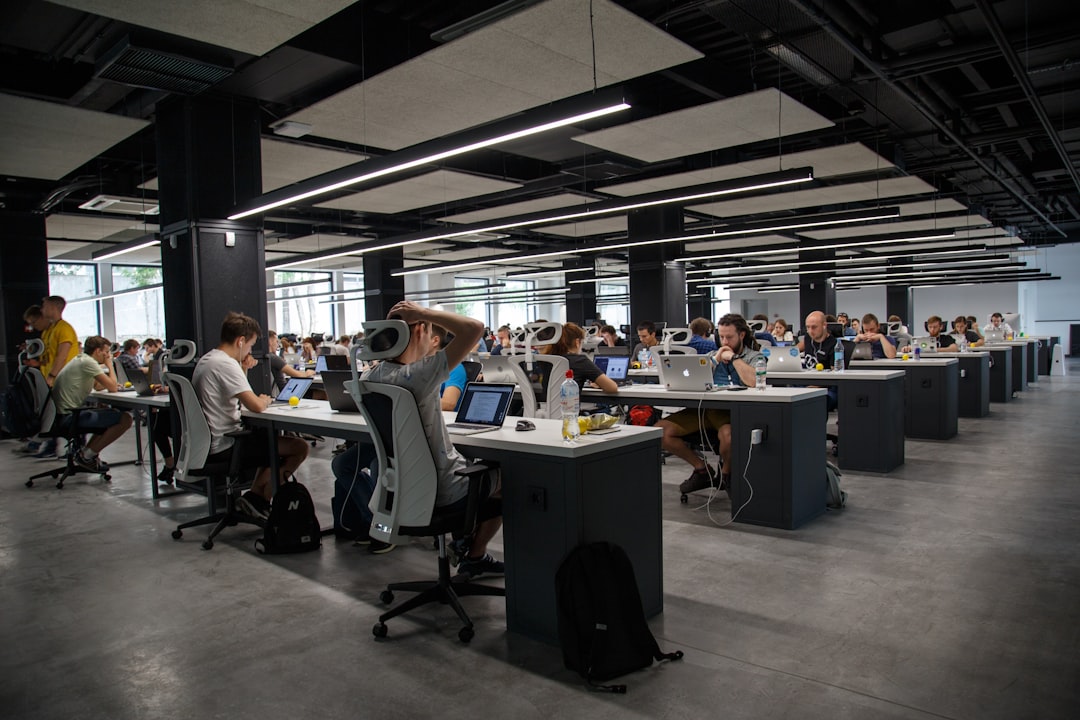Questions About You Must Know the Answers To
 Revitalizing Your Home’s Comfort and Style: The Importance of Professional Upholstery Services in Montclair, NJ
Revitalizing Your Home’s Comfort and Style: The Importance of Professional Upholstery Services in Montclair, NJ
When it comes to maintaining the comfort and style of your home, few aspects are as crucial as the upholstery of your furniture. Over time, even the sturdiest pieces can become worn and faded, losing their original charm and functionality. This is where professional upholstery services come in, offering a range of benefits that can transform your home’s aesthetic and comfort. In Montclair, NJ, a city known for its rich history and cultural heritage, finding the right upholstery service is essential to preserving the beauty and character of your home.
One of the primary advantages of professional upholstery services is the ability to restore your furniture to its original condition. Whether you’re dealing with worn-out cushions, torn seams, or faded fabric, a skilled upholsterer can work their magic to bring your pieces back to life. This not only enhances the overall appearance of your home but also extends the lifespan of your furniture, saving you money in the long run. By addressing issues such as sagging springs, loose joints, and worn-out padding, professional upholsterers can ensure that your furniture remains sturdy and comfortable for years to come.
Another significant benefit of professional upholstery services is the opportunity to update the style and design of your furniture. Whether you’re looking to match your existing decor or introduce a new aesthetic, a skilled upholsterer can work with you to select the perfect fabric, color, and design to suit your tastes. This is particularly useful for homeowners who are looking to give their home a fresh new look without breaking the bank. By reupholstering existing pieces, you can achieve a completely new look without the need for expensive new furniture.
In addition to restoring and updating your furniture, professional upholstery services can also help you to create a more functional and comfortable living space. By designing and building custom furniture solutions, upholsterers can help you to optimize your home’s layout and flow, creating a more cohesive and inviting atmosphere. This is particularly important for homeowners who are dealing with limited space or awkwardly shaped rooms. By working with a professional upholsterer, you can create a space that is both beautiful and functional, perfect for relaxing, entertaining, or working.
When it comes to finding the right upholstery service in Montclair, NJ, there are several factors to consider. First and foremost, it’s essential to look for a service that has a reputation for quality and attention to detail. This can be achieved by reading online reviews, asking for referrals, and checking the service’s portfolio. Additionally, it’s important to ensure that the service uses high-quality materials and techniques, and that they are willing to work with you to understand your specific needs and preferences.
In terms of the specific services offered, it’s essential to find a provider that can cater to your unique needs. This may include reupholstering existing furniture, building custom pieces, or even creating bespoke designs. By working with a service that offers a range of options, you can ensure that your furniture is transformed to meet your exact requirements.
In conclusion, professional upholstery services are an essential part of maintaining the comfort and style of your home. By restoring, updating, and customizing your furniture, you can create a space that is both beautiful and functional. In Montclair, NJ, finding the right upholstery service is crucial to preserving the beauty and character of your home. By considering factors such as reputation, quality, and attention to detail, you can ensure that your furniture is transformed to meet your exact needs and preferences. Whether you’re looking to restore a family heirloom or create a completely new look, professional upholstery services are the perfect solution for any homeowner.
 The Importance of Windshield Repair in Vancouver BC: A Guide to Keeping Your Vehicle Safe and Functional
The Importance of Windshield Repair in Vancouver BC: A Guide to Keeping Your Vehicle Safe and Functional

 Taming the Beast: Mastering Leash Reactive Dog Training in Los Angeles
Taming the Beast: Mastering Leash Reactive Dog Training in Los Angeles Building Your Dream Log Home in Oregon: A Comprehensive Guide
Building Your Dream Log Home in Oregon: A Comprehensive Guide